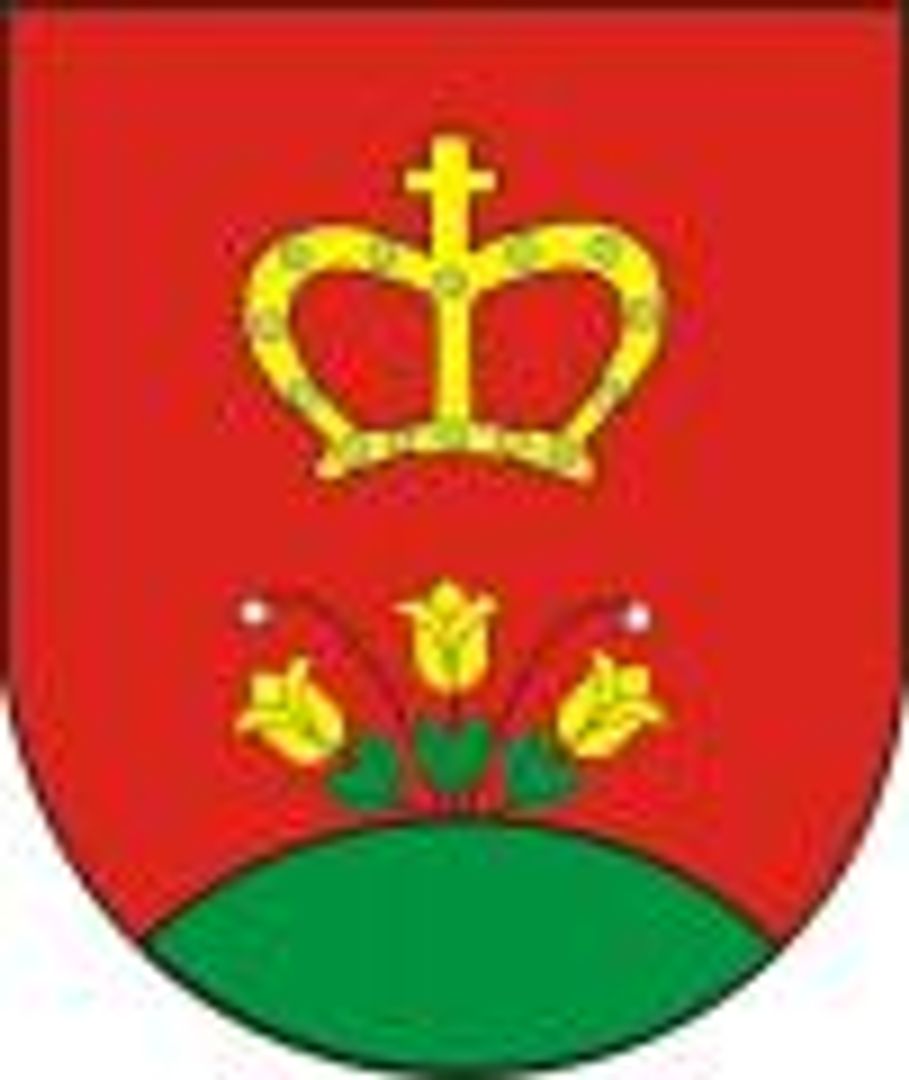Piekielnik
6.07

Overview
Piekielnik is a village located in the Lesser Poland Voivodeship, within the Nowy Targ County and the administrative district of Czarny Dunajec. It is distinguished by the unique Orawa dialect spoken by its inhabitants, which is a significant cultural element of the region. Historically, Piekielnik was once the wealthiest village in Upper Orawa, notable for its architecture, including a wooden church built in 1749 by Jakub Oskwarek and other local craftsmen, and the present brick Church of St. James the Apostle, constructed in 1878 to replace the previous one destroyed by fire. This church houses Baroque statues, and the adjacent cemetery features 19th-century tombstones.
Piekielnik was also known for its traditional smoke houses (kurna chałupy) with spacious attics called "wyżki," though only one such building has survived to this day. In the 20th century, the village came under Polish administration and, in 2018, was designated as a spa protection area. Historically, Piekielnik experienced a period of prosperity in the 16th century but suffered greatly during the wars of the 17th century. Although predominantly Catholic, it was formally linked to Protestant parishes before coming under the care of the Catholic parish in Orawka in the 17th century. After World War I, the village was briefly under Czech administration before being reintegrated into Poland.
The name Piekielnik is derived from a local stream, though folk etymologies also connect it to ash and the burning of peatlands in the area. The hills surrounding the village offer beautiful views of the Tatra Mountains, adding to its unique charm. Local legends and songs often reference the "bory piekielnickie" (Piekielnik forests), further enriching the regional culture.
Location
Tickets
Powered by GetYourGuide
2025 Wizytor | All Rights Reserved